We are delighted to be the Paint Partner of the Eye of the Collector exhibition. Here we interview its founder, Nazy Vassegh, who offers her vision and experiences that shaped this event.

Cradle to Cradle® with Chaline Church
Explore the realm of sustainable interior architecture and circular design with Chaline Church, Founding Partner, Interior Architect, and Circular Materials Specialist at 540 WORLD & FreeSpace Design UK.
With expertise in Cradle to Cradle®, Chaline provides a unique perspective on innovative and eco-friendly design solutions. This interview delves into the essence of Cradle to Cradle® principles and Cradle to Cradle Certified®, its significance in contemporary design, and its transformative impact on the future of interior spaces.
Join us as we uncover Chaline’s commitment to creating spaces that balance aesthetics with regeneration principles.
Cradle to Cradle Certified® – global certification and product design framework:
What does Cradle to Cradle Certified® involve, and how does it set itself apart from other sustainability certifications available in the market?
C2C Certified provides manufacturers and procurers of products and materials an evidence-based, socio-environmental innovation framework that uniquely measures, develops and assesses products in 7 critical categories, namely material ingredients health (to the parts per million), clean air and climate health, product circularity, clean water and soil stewardship, and social fairness. Manufacturers partner with a licensed C2C Certified global assessor to develop products that are future-fit for people and the planet. C2C Certified products and materials are assessed and third-party verified as safe, circular and responsibly made across the seven criteria which positively impact our planetary boundaries, SDGs and ESGs. No other global certification covers all these seven criteria in a third-party assessed, evidential framework that is multi-sector and continuously improving.
Significance of Cradle to Cradle® Design Principles:
Why is the Cradle to Cradle® design approach crucial in contemporary interior architecture, and how does it contribute to sustainable and innovative design practices?
Cradle to Cradle® is essentially 3 principles: eliminate the concept of waste; rely on natural energy flows; celebrate all diversity – animal, mineral, flora, fauna etc. The built environment delivers a major quantity of waste into landfills and pollution into the air and water, especially with our appetite for changing interiors so regularly, so designing out waste directly impacts climate health and so does the use of regenerative energy sources and a positive-impact design ambition that goes beyond aesthetics. The principles are crucial regenerative principles since their adoption in practice sets out positive objectives to design out waste (not less waste, but no waste), design out fossil-fuel dependency and design equitably. These aggregate to resource respect and design in ways that make healthy materials accessible at the highest health and reuse value for future generations. This amounts to a non-toxic, harm-free legacy and a providential today. Call us for examples!
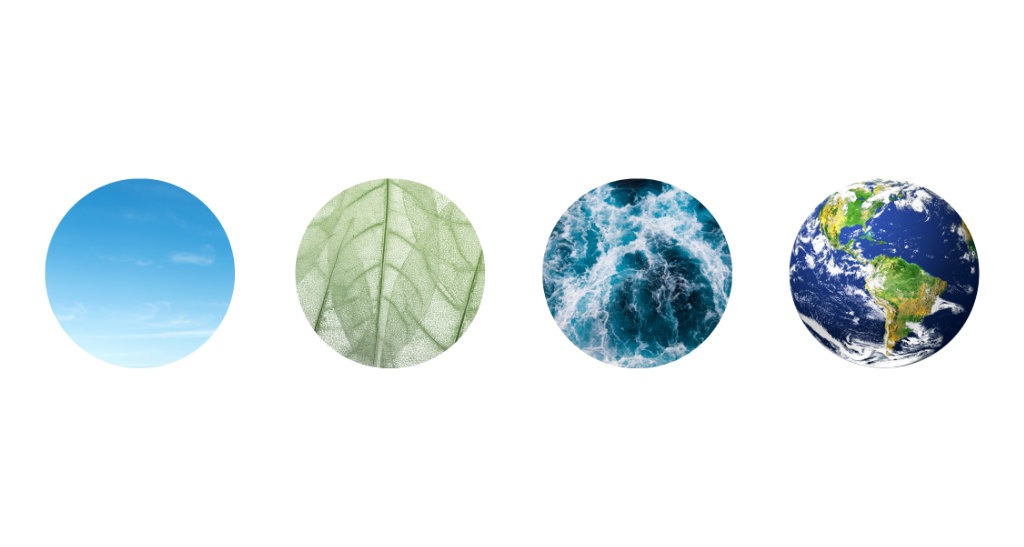 Adopting Cradle to Cradle in Business:
Adopting Cradle to Cradle in Business:
What specific measures can manufacturers and retailers implement to embrace the Cradle to Cradle (C2C) approach in their operations and products?
Ideally, start with adopting the three C2C principles and set design ambitions that are planet positive – think generationally, adopt the best practice regenerative ambition instead of compliance ambitions. Respect multiple natural capitals and through the C2C principles, allow for the adoption of materials and products that are socio-environmentally providential for now and the future. Design out toxins and pollution, adapt for renewable energy inclusion and all 7 C2C Certified socio-environmental categories. Manufacturers, retailers and clients should collaborate to include best practice C2C Certified materials and processes at pace, in contracts, business practices and supply chains.
Climate Crisis Awareness Impact:
With the growing awareness of the climate crisis, are you observing more interest in the work you do and the principles of regeneration and examples in practice?
Absolutely, yes. However, many companies are sleep-walking into sustainability thinking carbon is the only metric they need to improve. Sustainability is a degenerative system and if businesses want to be future-fit, they need strong influencers or consultants to assist them to transform now for a regenerative climate health impact. We ideated the world’s first fender for the Environment Agency’s TEAM2100 which uses C2C Certified Accoya natural wood instead of slow-growing tropical hardwood which delivered a win for climate health and we frequently inform clients about Graphenstone paint to deliver a C02 punch, among other benefits.
Future Changes in Living Spaces:
How do you envision the evolution of how we design our living spaces in response to societal changes, technological advancements, and environmental considerations?
I believe the UK will mature in its adoption of safe and socially fair materials, following more advanced territories. Incorporating best-in-sector materials, largely through C2C Certified inclusion for healthy living spaces that also achieve a positive socio-environmental impact, along with digital technology that is ready for circular projects, through material passports and verified safe materials is highly likely. We frequently present on solutions to achieve planet-positive projects. We just need to adopt the best practices which are mature already to incorporate outcomes that go beyond aesthetic and financial budgets, for example, the Belgian government adopted C2C Certified materials and urban mining (materials reuse), which I envision for the UK in time.
Working with Graphenstone Paints:
I have worked with Graphenstone from 2020 – in residential and commercial settings. The first UK multi-story health clinic retrofit in London used Graphenstone in all the interiors and on the façade to create the best air quality for its clients. The decorators were new to Graphenstone, so I was happy to explain Graphenstone’s high-quality C2C Certified material health achievements – C2C Certified at Gold level, which no one has achieved higher globally. The long list of benefits from C02-absorption to durability and rich pigment load which allowed us to complete in a far quicker time were all part of our decision-making. Why would you choose a paint that has toxins, when people and the planet are precious – why choose another paint when Graphenstone has innovated for all 7 metrics already – it’s the most sustainably certified paint in the world for good reason.
Conclusion:
To transform into a flourishing world of good, 540 WORLD believe that every business needs to enable their teams to understand regenerative design ambitions and how to incorporate them in practice and at pace. Ignoring them typically adds more long-term costs and increased risk for the business. Light evolved from fire to light bulbs, then halogen to LED, this is one of those moments to embrace significant product advancements. It is wonderful to have C2C Certified solutions in most sectors. We find clients get highly enthusiastic when we introduce them to C2C Certified materials such as Graphenstone paint with health, C02 and multi-category benefits that impact the necessary socio-environmental goals we need to collaboratively reach.
Cradle to Cradle – Where to find out more
- See our EcoSphere paint – Cradle to Cradle Gold certified
- Read more about Graphenstone’s Cradle to Cradle certification here.
If you would like to learn more about C2C, you can contact Chaline via the following details:

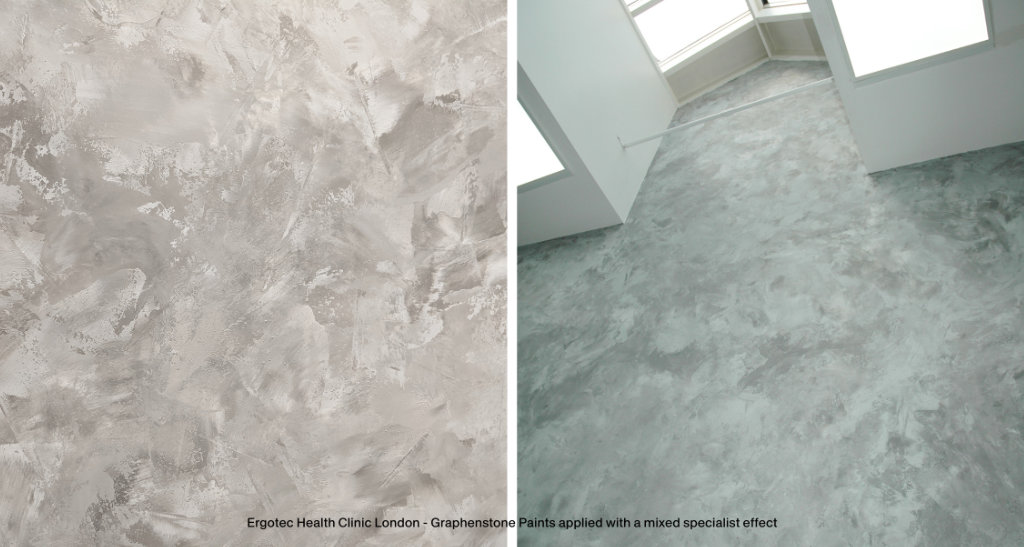

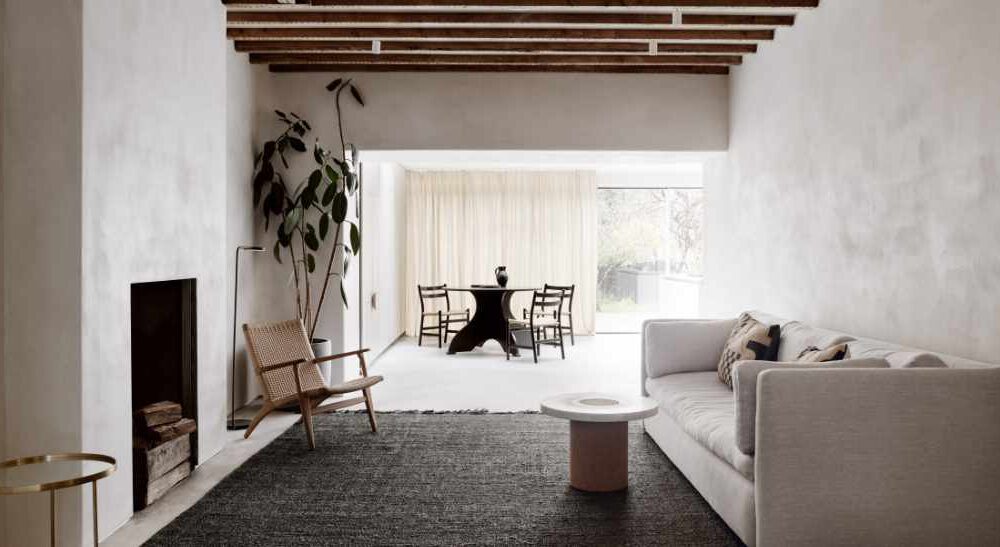
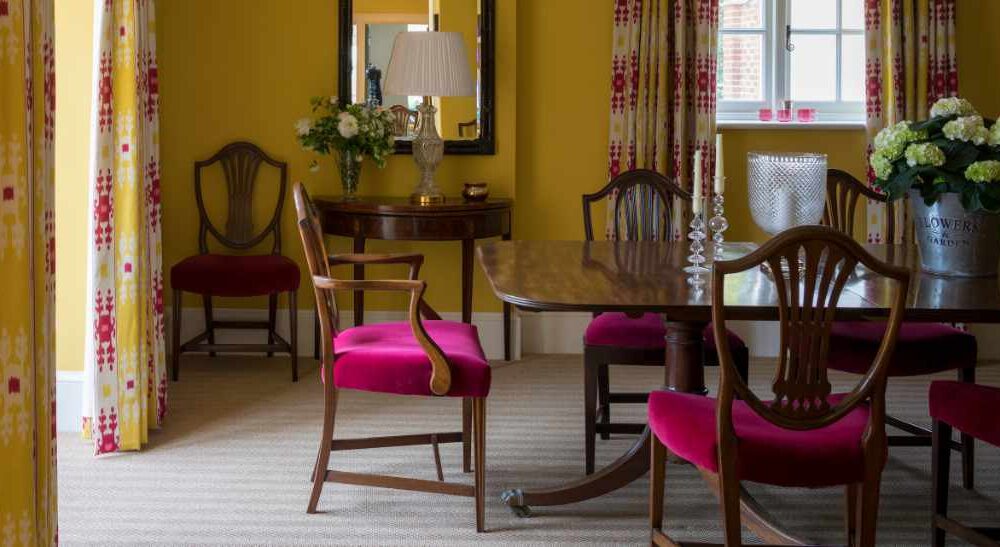
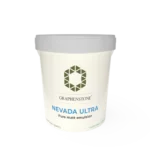


This Post Has 0 Comments